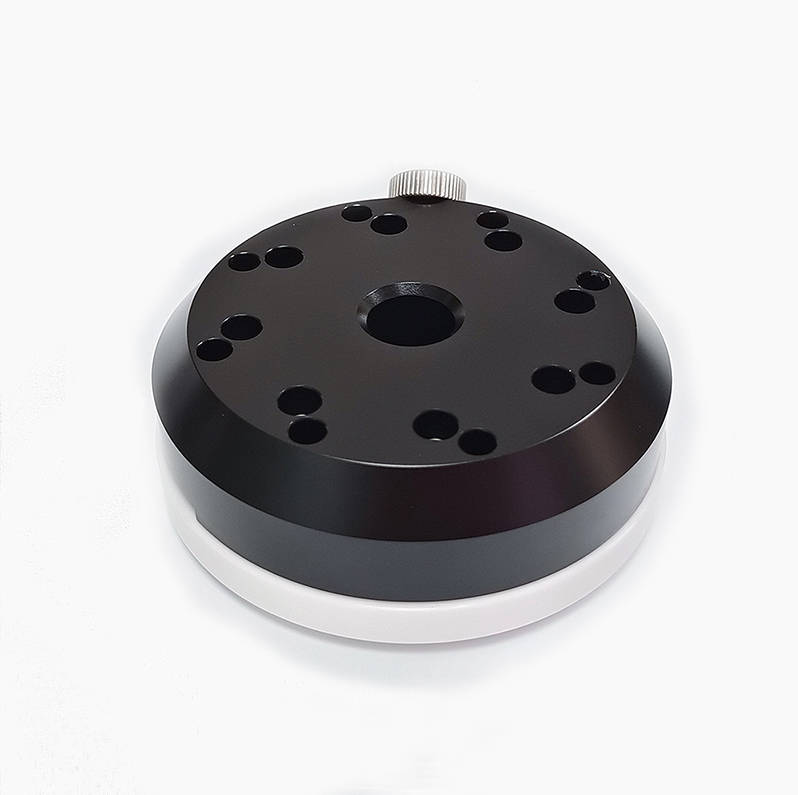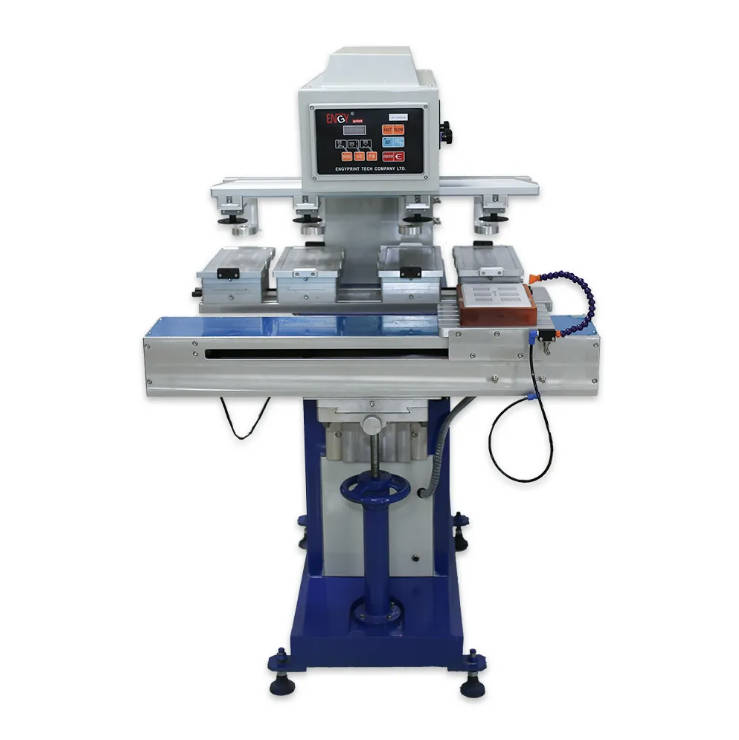Introduction
Pad printing is a versatile printing process that plays a crucial role in various industries, from promotional products to medical devices. If you’re considering purchasing a pad printing machine, it’s essential to understand the fundamentals and key considerations. This article addresses seven must-know questions to help you make an informed decision.

1. What is pad printing?
Pad printing, also known as tampography, is a printing process that transfers a 2D image onto a 3D object. This method involves transferring ink from an etched plate (cliché) to a silicone pad, which then presses the ink onto the substrate. Unlike other printing methods, pad printing excels at printing on irregular, curved, and textured surfaces, making it indispensable in many applications.
2. What are the main applications of pad printing?
Various industries widely use pad printing due to its ability to print on complex shapes and materials. Common applications include:
- Medical Devices: Printing on syringes, catheters, and other medical instruments.
- Promotional Products: Customizing items like pens, key-chains, and mugs.
- Electronics involves the marking of components such as buttons, connectors, and cases.
- Automotive Parts: Printing on dashboard components, knobs, and switches.
The versatility of pad printing machines makes them a go-to solution for manufacturers needing precise and durable prints.
3. How Does a Pad Printing Machine Work?
Understanding the working mechanism of a pad printing machine is crucial for potential buyers. The main components include:
- Clichés are plates that hold an etched image.
- Pads aresilicone pads that pick up the ink from the cliché and transfer it to the substrate.
- Ink Cups: Hold and distribute the ink evenly on the cliché.
The process involves several steps:
- The ink cup slides across the cliché, filling the etched image with ink.
- The pad presses down on the cliché, picking up the inked image.
- The pad then presses down on the substrate to transfer the image.
Automatic pad printing machines streamline this process, enhancing speed and consistency, making them ideal for high-volume production.
4. What are the different types of pad printing machines?
There are various types of pad printing machines, each catering to different production needs:
- Manual Pad Printing Machines: These machines are ideal for small-scale operations and prototypes, but they require manual operation, which can be time-consuming.
- Semi-Automatic Pad Printing Machines: These machines offer a balance between manual and automatic operation, suitable for medium-scale production.
- Automatic Pad Printing Machines: Fully automated, these machines provide high-speed printing with minimal human intervention, perfect for large-scale manufacturing.
Pad printer manufacturers offer a range of machines to suit different business needs, from small workshops to large factories.
5. What should you consider when choosing a pad printing machine?
When selecting a pad printing machine, consider the following factors:
- Print Quality: Look for machines that offer high-resolution printing to ensure clear and precise images.
- Speed: Depending on your production volume, choose a machine that meets your speed requirements.
- Ease of Use: User-friendly machines with straightforward controls can reduce training time and increase efficiency.
- Maintenance:To minimize downtime and operational costs, consider machines with easy maintenance features.
Compatibility with different inks and substrates is also crucial, as it determines the machine’s versatility in handling various printing tasks.
6. How do surface treatments affect the quality of pad printing?
Surface treatments are vital in ensuring the quality and durability of pad prints. Common treatments include:
- Corona treatmentincreases the surface energy of plastics, improving ink adhesion.
- Flame Treatment: Similar to corona treatment, it modifies the surface energy of substrates like plastics and glass.
Choosing the appropriate surface treatment for the material(PE PP plastic material) you’re printing on can greatly improve the durability and appearance of the print.
7. What are the costs associated with pad printing?
Understanding the costs involved is essential for budgeting and planning. Initial investments include the pad printing machine, clichés, pads, fixture and inks. Additionally, consider ongoing operational costs such as maintenance, consumables, and potential downtime. Automatic pad printing machines might have higher upfront costs, but they offer cost-saving benefits in the long run due to their efficiency and speed. Evaluating the return on investment (ROI) is crucial, as a well-chosen machine can provide significant long-term savings and productivity gains.
Conclusion
Choosing the right pad printing machine involves understanding the technology, applications, and various machine types. By addressing these seven key questions, you can make an informed decision that aligns with your production needs and budget. Remember to consult with pad printer manufacturers and industry experts to ensure you select the best machine for your specific requirements. Investing in the right equipment will enhance your production capabilities and contribute to your business’s success.





